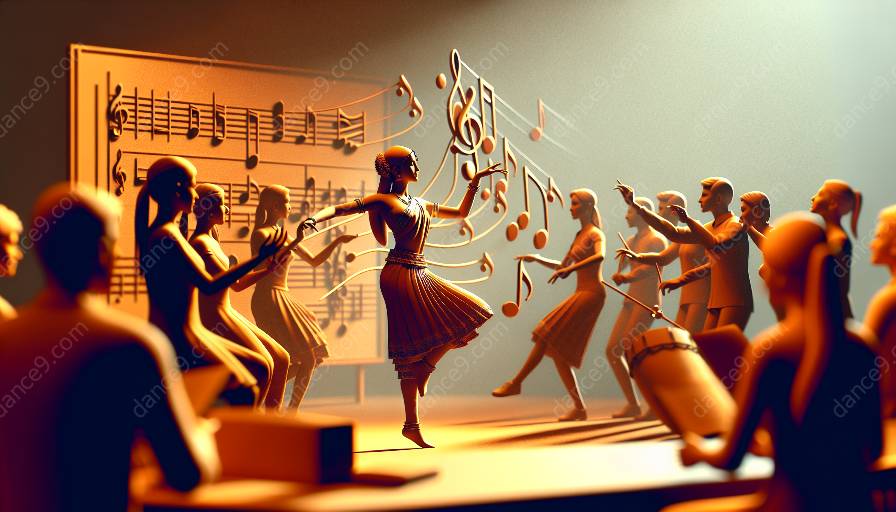Music and dance have a longstanding relationship that influences not only artistic expression but also physical and emotional experiences. In the realm of dance studies, understanding the physiological effects of music on dance performance opens up new avenues for exploring the intricate connections between music, movement, and the human body.
The Symbiotic Relationship Between Dance and Music
Dance and music share a symbiotic relationship that is deeply intertwined. When dancers move to music, they are not just responding to the auditory stimuli—music has a profound impact on their physical and mental states. The tempo, rhythm, and melody of music can evoke a range of physiological responses in dancers, affecting their heart rate, breathing patterns, muscle tension, and overall energy levels.
Furthermore, the emotional and psychological resonance of music plays a critical role in influencing the expressiveness and interpretation of movement in dance. Different genres and styles of music can elicit a broad spectrum of emotions, which dancers embody and translate into their performance. This emotional connection to music can significantly influence the physiological response and overall quality of dance performance.
Impact of Music on Physical Performance
Research has shown that music has a direct impact on physical movement and coordination. The tempo of music can synchronize and guide the pace of dance movements, leading to enhanced coordination and precision in choreography. In addition, the dynamic interplay between music and movement can influence the energy expenditure and muscle engagement of dancers, affecting their endurance and physical performance.
From a physiological perspective, music has the potential to modulate heart rate and breathing patterns, regulating the metabolic demands of dance performance. This synchronization of physiological processes with the rhythmic elements of music contributes to the fluidity and grace of dance movements, creating a captivating spectacle for both the dancers and the audience.
Emotional and Psychological Influence of Music
Beyond its physical effects, music also exerts a profound emotional and psychological influence on dancers. The expressive qualities of music can evoke specific moods, evoke nostalgia, or elicit powerful emotions, which are then manifested through the communicative language of dance. Dancers use music as a medium to convey narratives, sentiments, and subjective experiences, creating an emotional resonance that resonates deeply with audiences.
Moreover, the emotional connection to music can transcend the individual dancer, fostering a sense of unity and collective expression among performers. This shared emotional experience, bolstered by the harmonious relationship between music and dance, can amplify the impact of a dance performance, captivating observers and evoking empathetic responses.
Interdisciplinary Perspectives in Dance Studies
Interdisciplinary research in the field of dance studies has underscored the significance of understanding the physiological effects of music on dance performance. By integrating perspectives from neuroscience, physiology, psychology, and musicology, scholars have sought to unravel the complex interplay between music, movement, and the human body.
This interdisciplinary approach has yielded valuable insights into how music can optimize the physical and emotional engagement of dancers, influencing their motor skills, arousal levels, and kinesthetic awareness. These findings have not only enriched our understanding of dance performance but also informed pedagogical practices, artistic innovations, and therapeutic applications of dance.
Conclusion
The physiological effects of music on dance performance are multifaceted, spanning the realms of physical coordination, emotional expression, and interdisciplinary research. The dynamic interrelationship between dance and music offers a platform for exploring the profound impact of music on the human body and its role in shaping the artistry of dance. By delving into this intricate relationship, we can further illuminate the captivating synergy between music and movement, enriching our comprehension of both dance studies and the holistic experience of artistic expression.

















